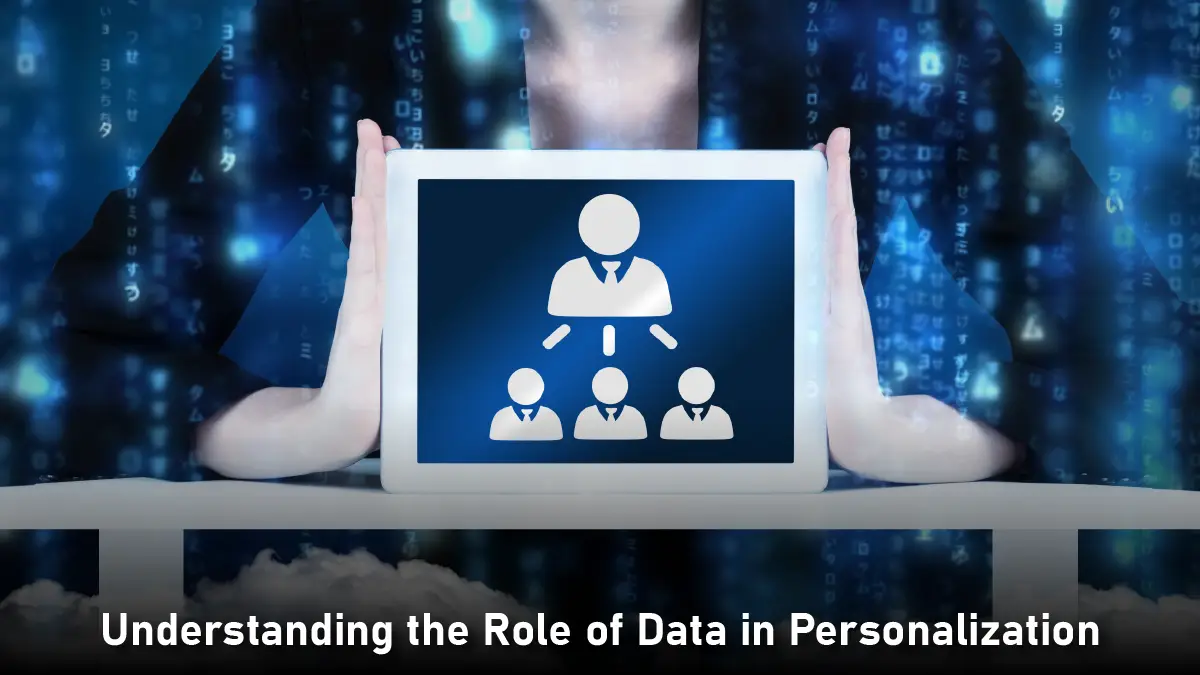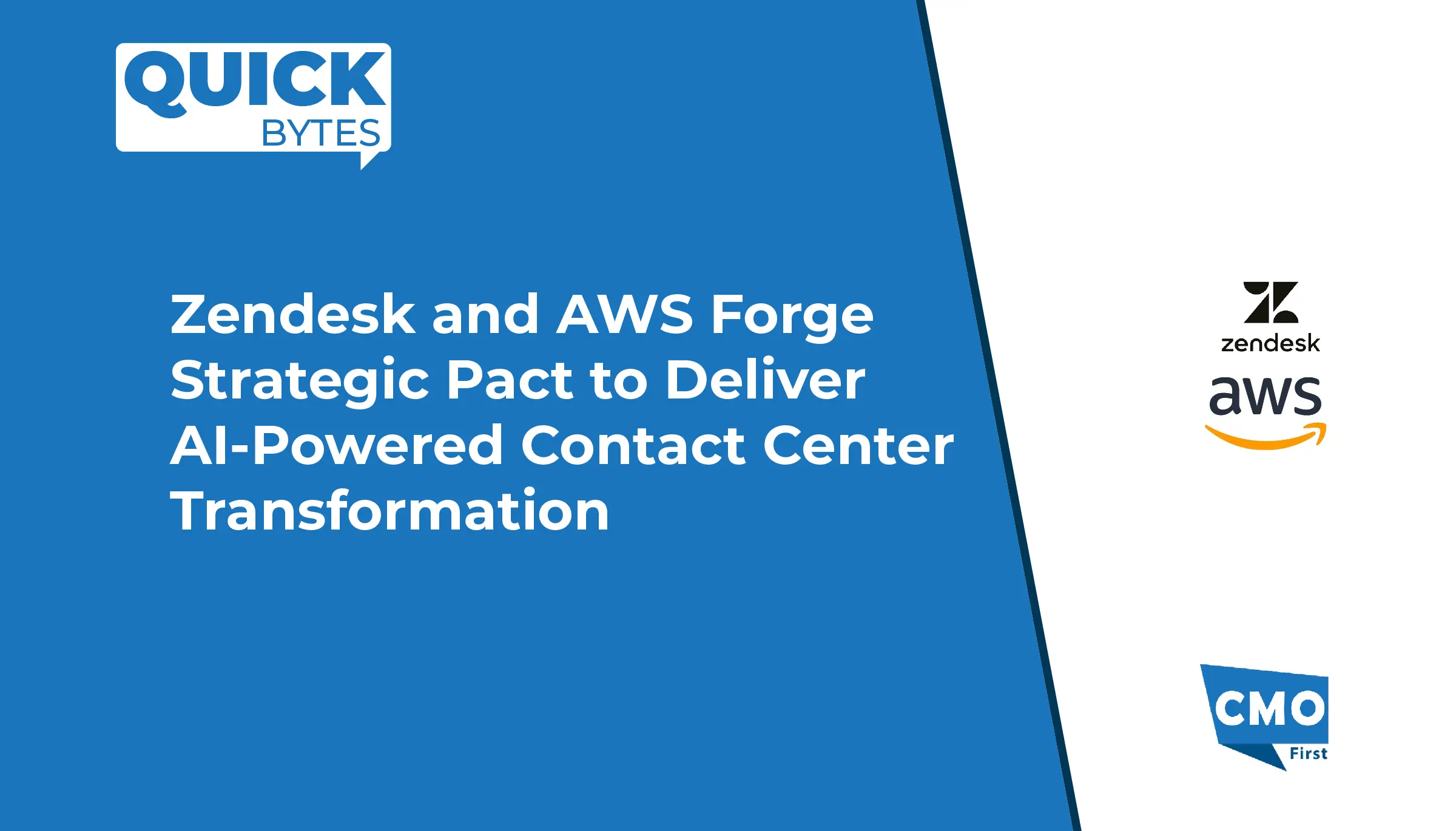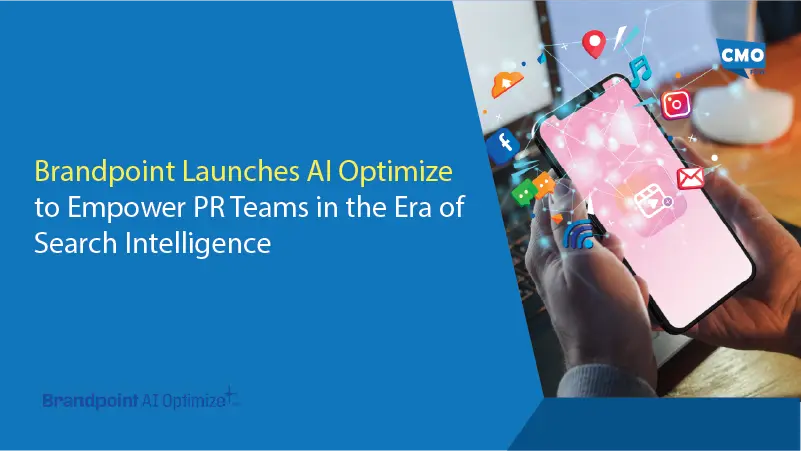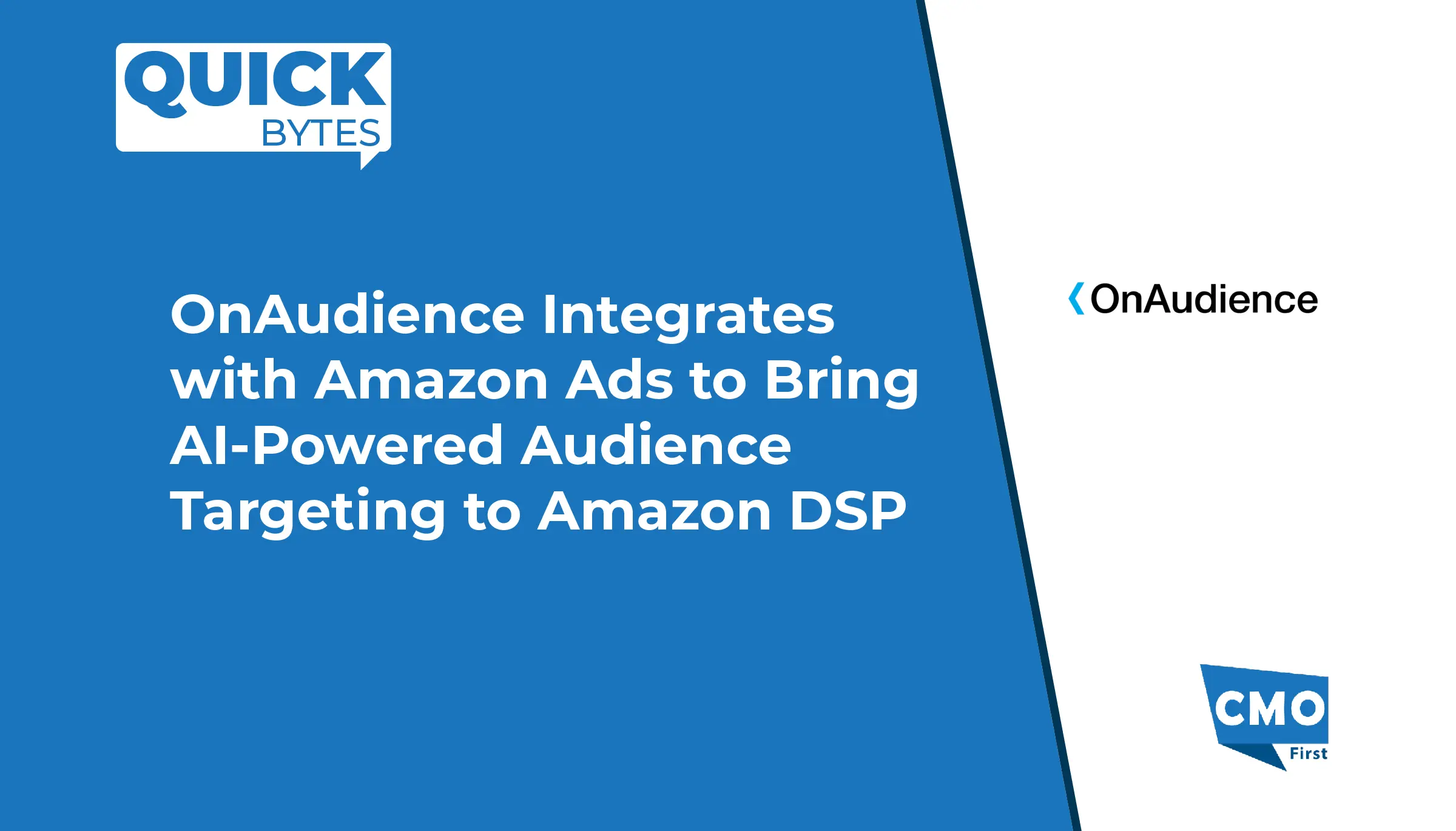Personalized marketing is no longer a competitive advantage. It is a baseline expectation. Customers want experiences that reflect their needs, interests, and behavior. They respond to brands that know who they are, not just what they buy. Delivering that level of relevance, however, requires more than campaign strategy or creative design. It begins with a strong customer data foundation.
A customer data foundation isn’t just a system or a database. It’s the framework behind how marketing teams collect, manage, and use customer insights. It brings together tools, processes, and policies. It makes sure data is accurate, connected, and easy to access. And it keeps that data ready for action.
When built correctly, this foundation powers personalization that feels seamless. It connects touchpoints across platforms. It reflects customer behavior in real time. It supports segmentation, automation, and predictive analytics. More importantly, it allows brands to engage in ways that feel natural and respectful, not invasive or disconnected.
Many organizations understand the value of personalization but struggle to deliver it consistently. The issue is rarely imagination. It is data. Without a structured approach to collecting and managing customer information, even the best marketing strategies fall flat. Messages miss the mark. Journeys feel fragmented. Relationships remain transactional.
That is why a strong customer data foundation matters. It transforms personalization from theory into practice.
Also Read: Optimizing PPC Campaigns Using Call Data in GA4
Understanding the Role of Data in Personalization

Personalization starts with insight. And insight comes from data. It reveals who your customers are. How they behave. What they care about. And what they expect from your brand. Without that, marketing is just guesswork. With it, you can create messages, offers, and experiences that truly connect.
But raw data isn’t always helpful. Not all of it is relevant or ready to use. To drive real personalization, data needs to be clean, organized, and meaningful. It must move beyond basic demographics or transaction history. It should include behavioral signals, engagement patterns, content preferences, and lifecycle stages.
This kind of insight is not created by collecting more data. It is created by making the right data accessible at the right time. That requires a foundation that is designed to unify, organize, and maintain data integrity across systems.
This foundation becomes the source of truth for personalization. It feeds campaigns, informs segmentation, and supports real-time decisioning. It connects marketing platforms with customer service, sales tools, and analytics engines. It ensures that every part of the organization sees the same version of the customer.
When this foundation is missing, teams often operate with partial visibility. Data lives in silos. Metrics conflict. Campaigns become disconnected from actual behavior. Personalization becomes inconsistent, and trust erodes.
Defining the Components of a Strong Data Foundation
A strong customer data foundation has several core components. Each plays a distinct role in creating a reliable and scalable framework for personalization.
The first is data collection. This involves capturing customer interactions across all channels. Website visits, app usage, email engagement, in-store transactions, and service requests all provide signals that can inform personalization. The goal is to collect this data in a structured and ethical way, with transparency and consent.
The second is data unification. Customers interact with businesses through multiple channels and devices. Without a system that consolidates those interactions into a single view, brands cannot deliver consistent experiences. Identity resolution is part of this step. It connects various identifiers and attributes to a unified customer profile.
The third is data governance. It’s about having the right rules, checks, and workflows in place. These keep your data clean, secure, and compliant. When data is accurate and well-managed, teams can trust it. They can make decisions with confidence, knowing the insights are solid.
The fourth is data access. A strong foundation ensures that data is not only stored correctly but made available to the systems and teams that need it. Marketing platforms, analytics tools, CRM systems, and customer service software should all be able to access the data they require without duplication or delay.
The fifth is data activation. This is where the foundation turns into value. Activation connects data with the delivery of personalized messages, experiences, and journeys. It powers real-time decision engines, content personalization, automated campaigns, and performance measurement.
Each of these components must work together. If one is missing or underdeveloped, the entire structure becomes less effective. Data might be available, but not trusted. Insights might be surfaced, but not actionable. Activation might occur, but not in time to make a difference.
Removing Silos and Aligning Systems
One of the most common obstacles to building a strong customer data foundation is system fragmentation. Marketing data often lives in different tools than customer service data. Sales platforms collect separate information from loyalty programs or website analytics. This fragmentation leads to disjointed experiences and internal inefficiencies.
Solving this requires more than integration. It requires alignment. Systems must not only connect but also operate with shared definitions, structures, and logic. This enables consistent profiling, cross-functional visibility, and unified reporting.
This kind of alignment starts with leadership. Marketing, sales, customer success, and IT must agree on what customer data means, how it should be used, and where it should live. Without this alignment, integration efforts become tactical fixes rather than strategic solutions.
Technology plays a role, but so does process. Teams need workflows that support data sharing, feedback loops that improve accuracy, and governance frameworks that balance access with protection. These elements create an environment where data serves every function, not just isolated use cases.
When silos are removed and systems are aligned, organizations gain the ability to deliver personalization that is consistent across the entire customer journey. A customer who engages with an email campaign receives relevant content when they visit the website. A support interaction informs the next product recommendation. A purchase triggers onboarding steps tailored to that product or service.
These are not isolated actions. They are parts of a coordinated experience. And they only happen when data moves freely and consistently between systems.
Elevating Personalization from Tactics to Strategy
Personalization is often viewed as a campaign feature or creative decision. But when grounded in a strong data foundation, it becomes part of business strategy. It informs how products are marketed, how offers are timed, and how messages evolve across the customer lifecycle.
This shift turns personalization into a long-term strategy. It’s no longer about one-off campaigns. Marketers can move beyond reactive targeting. They can focus on real-time engagement. Instead of broad categories, they build around individuals. And they adjust as behavior changes.
That level of agility requires confidence in the data and clarity in how it is used. It also requires alignment between marketing operations and strategic priorities. A personalized campaign is not valuable in isolation. It is valuable when it supports retention goals, contributes to lifetime value, or drives product adoption.
When personalization is built on a strong data foundation, it becomes measurable and repeatable. It moves beyond intuition and into insight. It becomes something teams can improve, scale, and report on with precision.
This strategic role of personalization also builds credibility. It shows that marketing is not only creative, but performance-driven. That shift earns trust across departments and secures support for deeper investment in data maturity.
Enabling Real-Time Experiences
Customer expectations are evolving. They expect brands to respond not only with relevance, but with speed. Real-time personalization has become a differentiator. It shows that a brand understands the moment, not just the history.
Delivering this kind of experience requires systems that can process signals and trigger actions in real time. This includes recognizing behavior, evaluating context, and delivering tailored responses within seconds. Without a strong data foundation, that level of responsiveness is not possible.
Real-time personalization relies on access to unified profiles, event-driven systems, and intelligent triggers. It also relies on trust in the underlying data. When that trust is in place, automation can occur without second-guessing. Journeys can evolve based on actual engagement. Content can shift based on signals instead of assumptions.
This capability allows brands to meet customers where they are, with what they need, when they need it. That precision not only improves conversion but deepens loyalty. It turns marketing from a broadcast function into a dialogue.
In May 2025, Twilio introduced a new set of AI-powered features designed to enhance how brands activate customer data in real time. The platform now supports dynamic journey orchestration, lightweight AI agents for intelligent engagement, and stronger compliance tools to ensure responsible data use. These capabilities make it easier for marketing teams to connect behavioral signals with automated responses across channels. They also help unify data activation with privacy-first governance, enabling brands to respond with precision and speed while maintaining trust. Similarly in March 2025, Adobe added two AI agents, Agent Orchestrator and Brand Concierge to its Experience Platform. These tools automate customer journey tasks and adapt experiences across channels in real time. By combining unified data with responsive design and privacy-aware controls, Adobe is helping marketers deliver personalization that’s both dynamic and trusted.
Supporting Privacy and Customer Trust

Personalized marketing doesn’t start with algorithms or segmentation. It starts with trust. For brands to truly tailor experiences, they need more than access to customer data. They need permission and that permission hinges on how responsibly that data is handled.
As personalization grows more advanced, so does the responsibility to protect privacy. This is no longer just about meeting regulations. It’s about honoring the trust customers place in the brand. Respecting privacy is foundational, not optional.
In January 2025, the U.S. Federal Trade Commission published a study revealing how companies use a broad set of personal data to determine individualized pricing. The report underscores the growing concern around opaque data practices and reinforces the need for brands to handle personalization transparently and ethically.
For marketers, this signals a clear shift: privacy isn’t a peripheral concern. It is central to the marketing strategy itself. When customers see that their data is treated with care, they become more open to sharing it. They’re more likely to engage and more willing to stay.
Measuring What Matters
Once a data foundation is in place, teams can focus on performance. Personalization becomes measurable at the level of content, timing, journey progression, and customer behavior. This enables continuous optimization and refinement.
Metrics shift from general engagement to specific interactions. Teams can ask not only what worked, but why. They can see which signals drove conversion, which sequences supported retention, and which content increased time spent with the brand.
This kind of analysis informs future strategy. It allows marketers to test hypotheses, explore segments, and identify patterns that would be invisible without data. It turns personalization into a learning loop, where every interaction makes the next one better.
Over time, these improvements create lift across the funnel. Acquisition becomes more efficient. Retention becomes more predictable. Upsell becomes more natural. And the entire customer experience becomes more cohesive.
That performance is not just the result of good messaging. It is the result of a foundation built to support it.
Bridging Data with Creative Execution
A strong customer data foundation does not remove the need for creative strategy. It enhances it. When marketers have access to richer insights, their creative choices become more precise. Messaging aligns with intent. Visuals match preferences. Offers reflect behavior, not assumptions.
This connection between data and creativity allows teams to move beyond generic templates and into content that feels personal. Whether it is an email subject line, a product recommendation, or an app notification, the message becomes timely and relevant. Creative decisions become informed by patterns, not just instincts, and that blend of data and design creates more powerful engagement.
Unifying the Customer Journey
Every customer touchpoint is part of a broader journey. But without data continuity, those touchpoints often feel disconnected. One message may not align with the next. A service interaction may not reflect a recent purchase. The experience feels fragmented, even if each piece is executed well.
A unified customer data foundation brings those pieces together. It connects marketing with service, acquisition with retention, and product interaction with lifecycle communication. It turns standalone interactions into coordinated journeys. This creates a seamless experience for the customer and a clearer strategy for the brand.
Conclusion
Personalized marketing cannot succeed without a solid customer data foundation. It requires more than access to names and emails. It requires a structured, unified, and secure system that brings together customer signals across every touchpoint.
This foundation allows teams to move with clarity and confidence. It supports consistency, enables agility, and builds trust. It turns customer insight into action and turns fragmented experiences into cohesive journeys.
Organizations that invest in this foundation do more than improve campaigns. They unlock new ways to engage, retain, and grow. They make personalization real, not as a promise, but as a practice. And in doing so, they build stronger relationships and more resilient brands.























Leave a Reply